What makes a social housing project so special that members of the public would vote “in their droves” to make sure it would win a prize at a recent awards ceremony?
Well, the redevelopment of Stanwix Village in Thurles, Co Tipperary, known locally – and lovingly – as the “Widows’ Homes”, is one that has caught the imagination. “It’s a building that’s close to the heart of people of Thurles,” says John McCormack, chief executive of the Thurles Lions Trust Housing Association CLG, the body behind the renovation of the historic supported housing building.
The property, which is now home to 20 residents following a substantial renovation and rebuild, recently scooped the Public Choice Award at the Irish Council for Social Housing Community Housing Awards 2023. And the developers, the Thurles Lions Trust Housing Association, an approved housing body, has further ideas for regeneration in the town, which, its chief executive says, could unlock supply in the local housing market.
The history of the property dates from the 19th century and the munificence of Emma Slaughter Stanwix. Although she was living in Versailles, France, at the time of her death in 1857, Slaughter Stanwix had close connections to the Thurles area, as she had been left 14 townlands in the Moycarkey parish upon the death of her father, Thomas Slaughter Stanwix.
READ MORE
In her will, she left very specific instructions that the profits from her estate and rent from tenants be used to build a hospital in Thurles and that an alms house should also be built for widows older than 60.
The alms house was duly built and was known as the Stanwix Hospital and Alms-houses. The first residents, ten widows, moved in at the beginning of September 1890 and for more than 100 years, the location provided a home for women in retirement.
In latter years, however, the properties had fallen into a state of disrepair. As the trust found it difficult to access funding, it decided to hand it over to the Thurles Lions Trust Housing Association CLG in 2019, at no cost. The only request was that the name Stanwix be maintained in its new incarnation.
At the time, four elderly women were still living in the property but, as McCormack recalls, it was in “Dickensian” condition. “It was completely unsuitable for older people,” he says. Alternative accommodation was found for the women, while the housing association moved in to renovate.

As one of the town’s architectural gems and a protected structure, the original Stanwix Home, was central to the new development. It was redeveloped at a cost of €4.1 million, raised through the Capital Assistance Scheme, which aims to support the delivery of housing accommodation to priority groups, including the elderly, the homeless, and people with a disability.
It seems a competitive price, at about €215,000 per unit, but as McCormack notes, the contracts had been signed some time ago, and suggests that it could cost about 40 per cent more if done based on today’s prices.
The “village” reopened on February 6th of this year, and welcomed back two of the original residents (one had subsequently died, while another moved in with her son). It also welcomed men for the first time.
“Everyone is very happy – the only complaint is that the units are too warm!” says McCormack.
Now it consists of 19 residential units, with 20 residents on site across 14 own-door, one bedroom independent units, as well as a five-bed community home, which provides supported accommodation for adults with mental health challenges.
Some of the residents have moved from nearby Matthew Bourke House, which provides supported accommodation for those at risk of homelessness. As McCormack notes, the goal now is that Stanwix becomes their “forever home”, and they will still be able to access support from Matthew Bourke House.
Today, the development provides independent and supported accommodation for the most vulnerable in the Thurles community in a secure, town centre location and in a semi-supported setting.
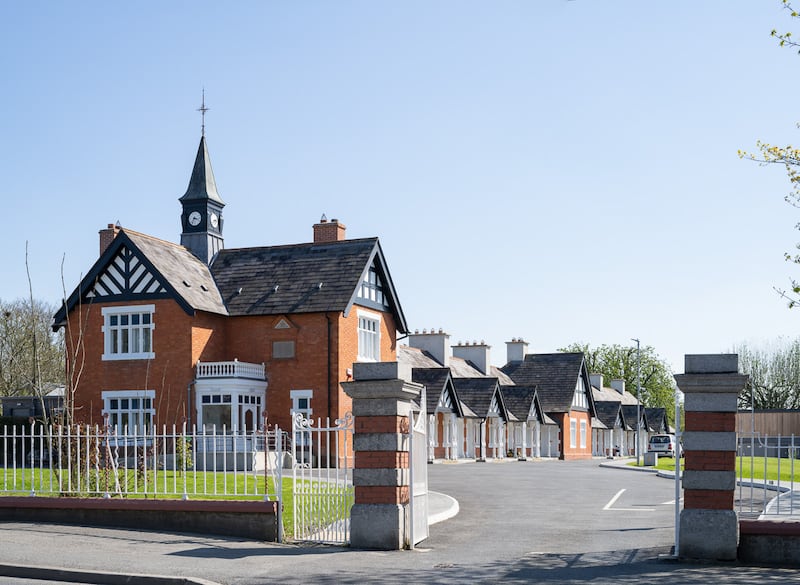
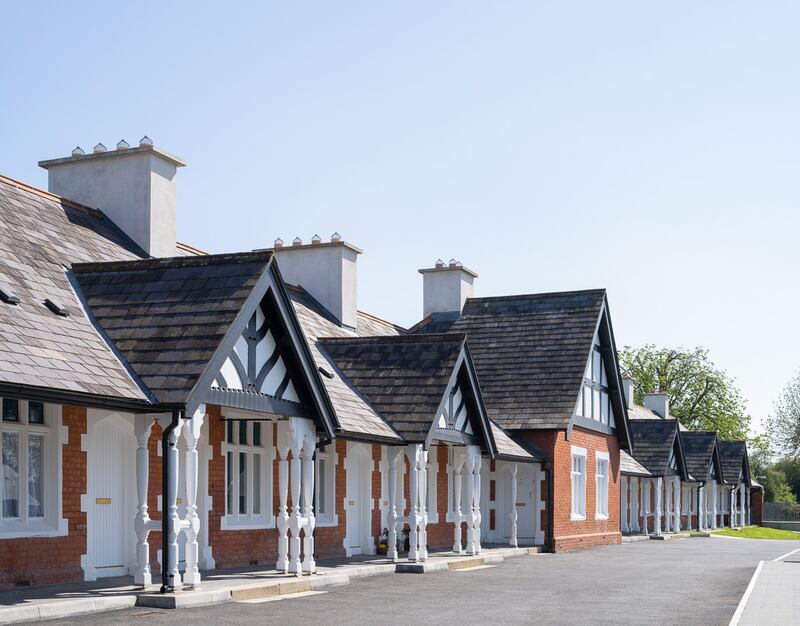
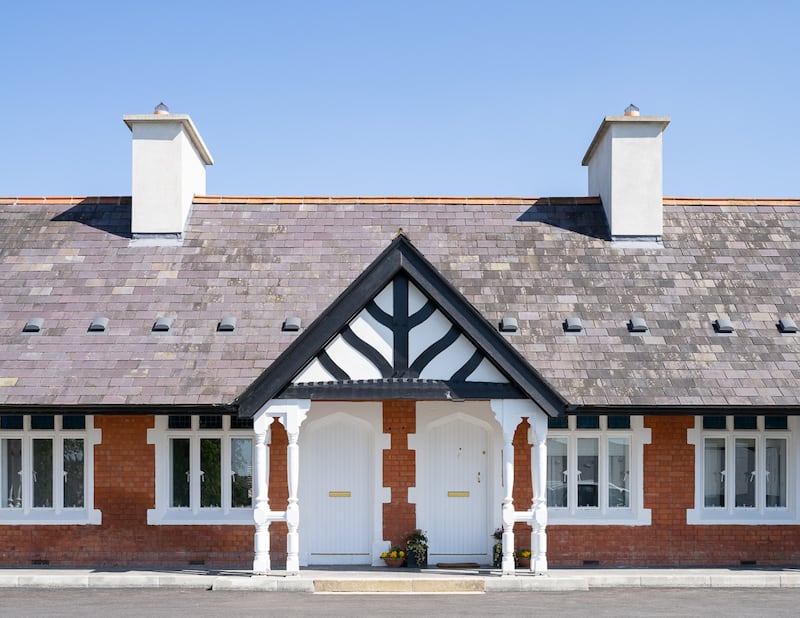
As well as voting for the project in the social housing awards, the local community were also involved in funding it. While the residential element of the project was 100 per cent funded, it left a gap of about €45,000 for the community centre that the trust had to fund. To close this gap, it asked locals to buy a brick for €100, upon which you can get a loved one’s name inscribed, as well as the option to sponsor one of six seats.
The initiative proved successful, with about €60,000 raised. This money is going towards creating a memorial garden on the site, which will also be open to the public, and will feature the 300 bricks and garden seats.
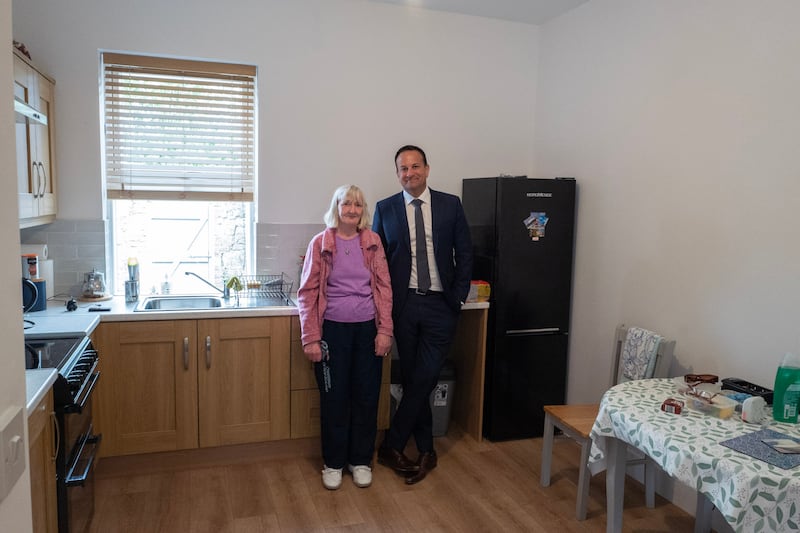
With the first stage of development now completed, the trust is turning its attention to two former derelict sites nearby, upon which it hopes to build a further 20 homes. “This will finish the complex,” says McCormack.
The Stanwix Village is not the trust’s only goal for solving housing shortage issues in the area. McCormack says that in recent years, there has been a dearth of new developments in the Tipperary town, which is the third largest in the county, with a population of about 8,000.
As a result, there has been little movement of people from larger, older properties.
“There is a serious demand for downsizing,” he says, particularly among those aged 55 and over, whose children have flown the coop and are looking for a more energy-efficient home that requires lesser maintenance.
“There is a complete lack of supply of new builds in Thurles, unless you’re building for yourself,” he says, adding that ideally, homes targeted at downsizers would be two-bedroom units.
This would free up their typically three- and four-bedroom larger homes for younger families, who would buy them and retrofit them.
So why isn’t it happening already?
“It’s the cost,” says McCormack, noting that people’s funding capacity is often tied up with their homes, which requires them to sell before buying another property, while the cost of construction can put off private developers.
What McCormack would like to see then, is a type of housing activation fund, which could help facilitate such a transaction.
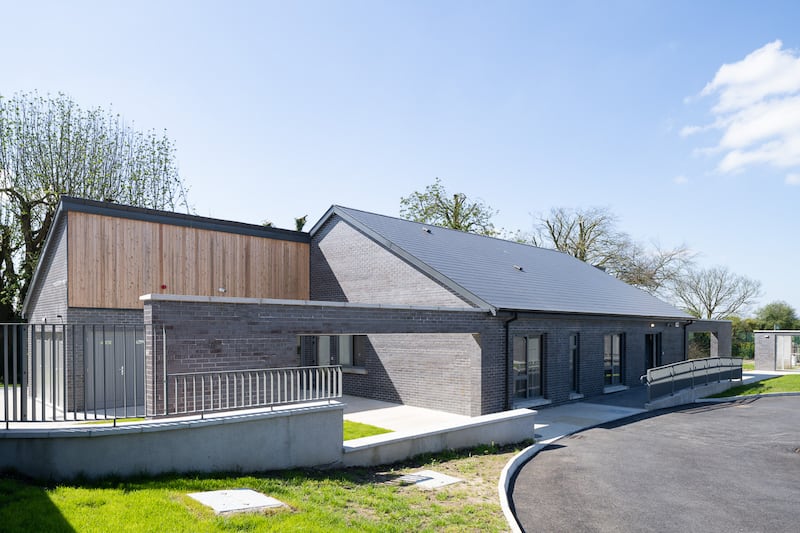
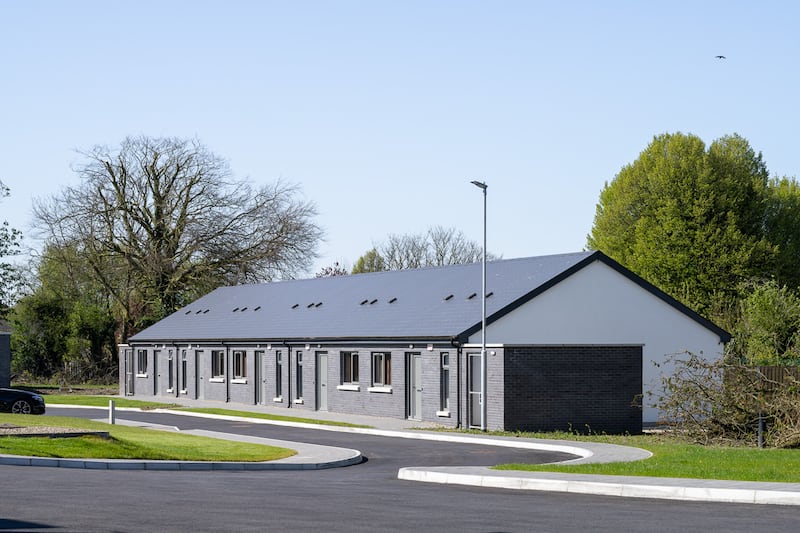
While the trust is focused on delivering housing solutions for disabled people, persons at risk of homelessness, older people and others in need of housing, its remit doesn’t preclude it from getting active in private development.
“I don’t see any reason why we can’t do it,” says McCormack, adding that such an initiative would “energise the housing market”.
“Instead of affordable houses for younger people, you’re doing it for the grey side of the market,” he says.
McCormack says that the Affordable Purchase Scheme and First Home Scheme would need to be amended to allow AHB’s to deliver these units.
His “right-sizing” proposal would be led then by an AHB, through which “significant economies of scale should be achieved in design and construction costs”.
Funding could come from a credit union – McCormack cites Thurles Credit Union, which has assets in excess of €100 million, as a possibility.
Some sort of grant aid could also be offered by Government as part of the solution, if the cost of buying a new home is more than the cost the downsizers get for their own house. Given current construction costs, this may be the case. So, for example, if someone sells their four-bedroom home for €250,000, but a new home will cost them €290,000, this shortfall could be covered which would facilitate the move.



















